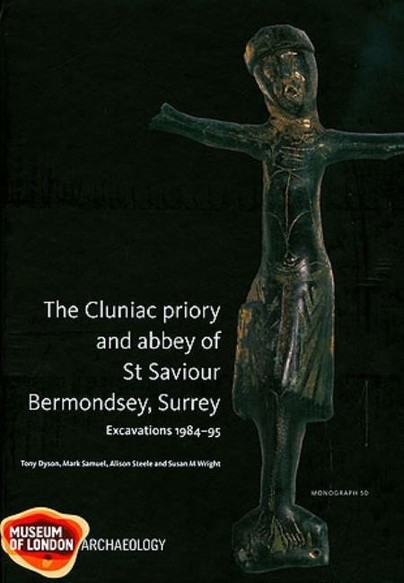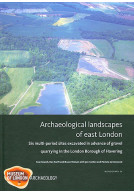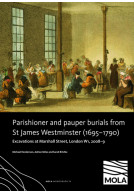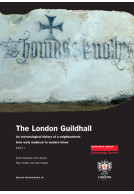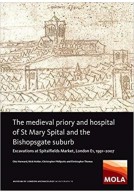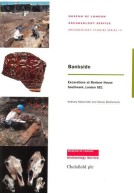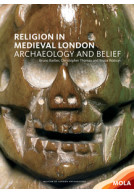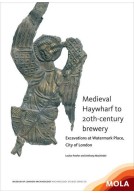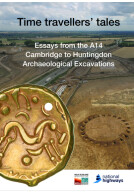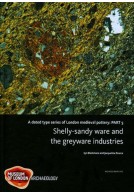The Cluniac priory and abbey of St Saviour (Hardback)
Imprint: MOLA (Museum of London Archaeology)
Series: MoLAS Monograph
Pages: 295
ISBN: 9781901992960
Published: 12th December 2010
Script Academic
Series: MoLAS Monograph
Pages: 295
ISBN: 9781901992960
Published: 12th December 2010
Script Academic
You'll be £27.00 closer to your next £10.00 credit when you purchase The Cluniac priory and abbey of St Saviour. What's this?
+£4.99 UK Delivery or free UK delivery if order is over £40
(click here for international delivery rates)
Need a currency converter? Check XE.com for live rates
(click here for international delivery rates)
Need a currency converter? Check XE.com for live rates
Bermondsey Priory was founded in the 1080s on the south bank of the Thames, located opposite the White Tower on an island which was also the site of an Anglo-Saxon minster. Bermondsey became a centre of pilgrimage and in 1399 the priory became an abbey, before its transformation in the 16th century into a courtier's mansion. The results of modern excavation of the eastern parts of the church and cloister and inner court are complemented by documentary research and a detailed, 19th-century survey of the abbey. The early chapel and timber latrine and the free-standing lavabo in the main cloister and possible bathhouse are particularly important features of this Cluniac house. The 12th-century building programme and the subsequent remodelling of the priory church and cloister, including the east range and chapter house, and of the second infirmary cloister are examined. The development of the monastic cemetery is described and 193 individuals buried at Bermondsey are analysed. Contraction and disuse of part of the eastern area in the abbey's final years was followed by the discarding of a wealth of artefacts and other material from the conventual buildings and by systematic stripping at the Dissolution. The private Tudor mansion constructed by Thomas Pope around the former main cloister reused parts of the monastic buildings
Other titles in the series...
Other titles in MOLA (Museum of London Archaeology)...







